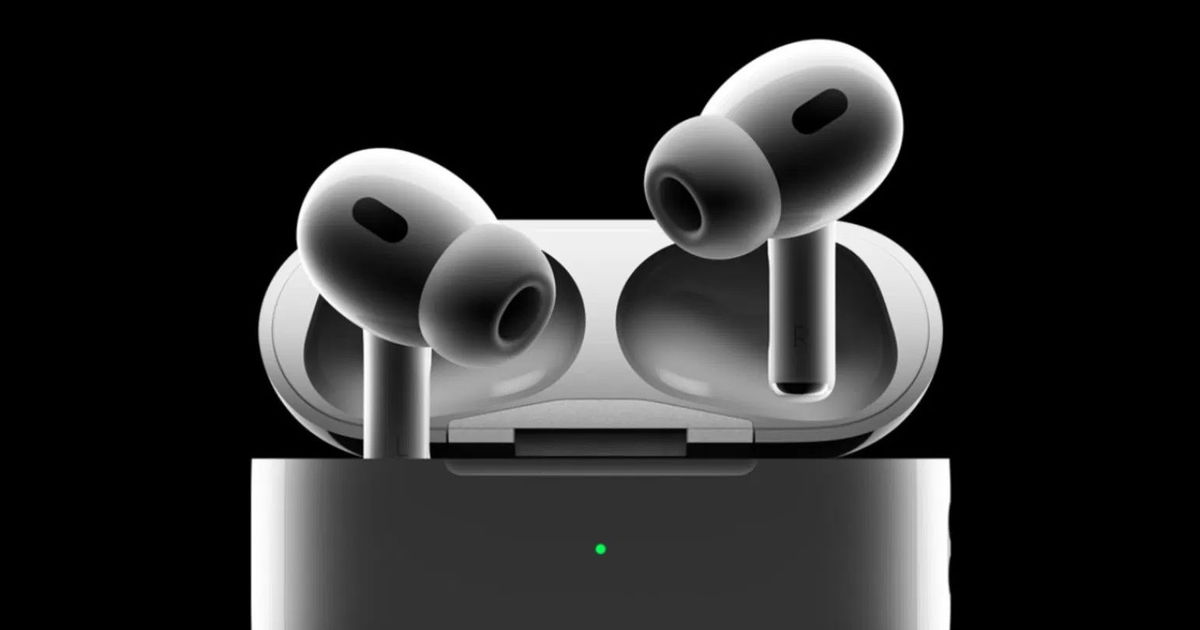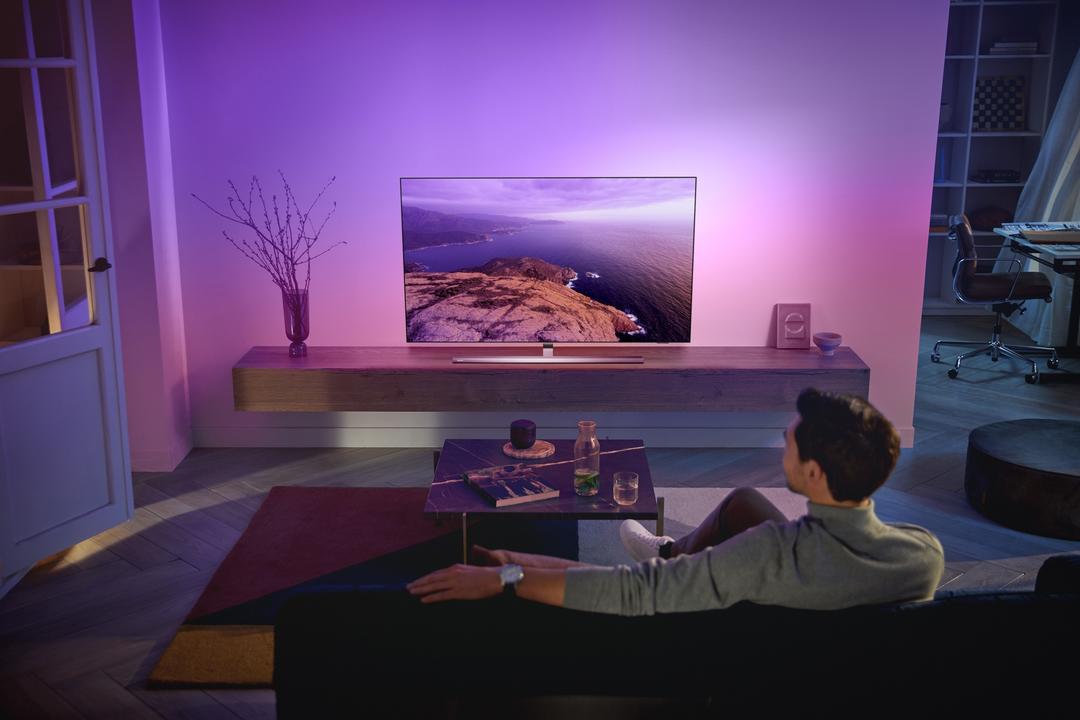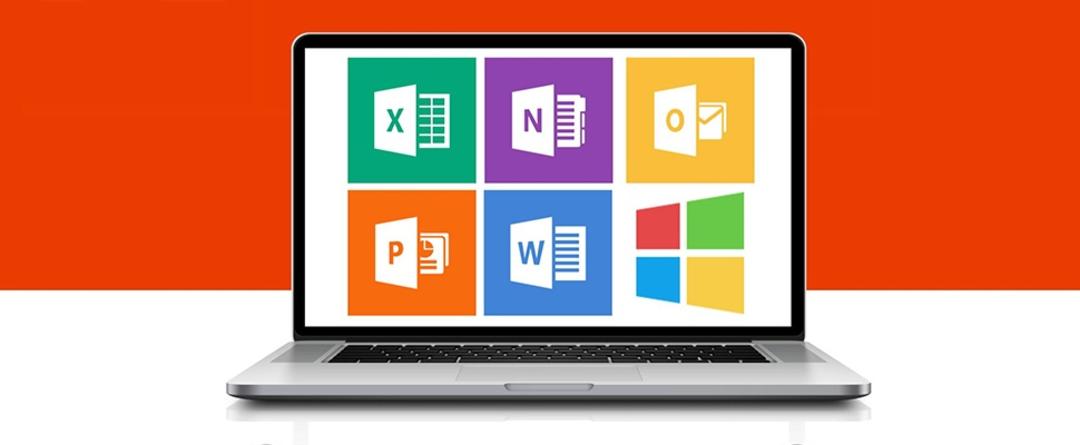Working with LED strips is fun and safe and can also be used flexibly. You can use them, for example, as ambient lighting in the living room or garden. Programmable LED strips make experimenting with light even more fun. This allows you to work with colors, effects and patterns. You don’t even need to do any real programming with WLED.
With LED lighting and LED strips, you can create almost any type of light and let your creativity run wild. In this article, we look at LED strips. You can use them flexibly. For example, you can install it in a cove along the ceiling for indirect lighting. Since the light is distributed beautifully, this can serve as (atmospheric) basic lighting. You can also easily store extra cables in a bay.
Alternatively, you can mount an aluminum profile with a hood on the ceiling where you will place the LED strips. Such a profile is always recommended: it keeps dust away and aluminum conducts heat, which increases the life of the LEDs. In profile view, you can use a diffused hood that hides the electronics and diffuses the light better. LED strips are also often used outdoors.
You can usually use clips (supplied) or double-sided adhesive tape to mount the LED strips. The latter usually works well because the whole has no weight. The LED strip itself also has an adhesive side so you can stick it to the profile.
many variants
LED strips come in all shapes and sizes. For example, the length of the strip (usually 1, 2 or 5 meters), the voltage (usually 5, 12 or 24 volts), the intensity and waterproofing of the LEDs on the strip vary. In this article we used LED strips with the popular WS2812B.
On an LED strip, the components we call pixels are placed one after the other, usually at 30 or 60 per meter. Color (RGB) and brightness can be controlled separately for each component. The strip operates at 5 volts. You can use several in a row, but especially with high intensity of LEDs and longer lengths, you need to look closely at the voltage source, learn more about that later.
Regarding water resistance, you have several options with this type. For this, you look at the degree of protection. What is known is mainly IP30 for indoor use and IP65 or IP67 for outdoor use. For indoors it is best to choose IP30 because these strips are easier to process; consider cutting and soldering loose ends.

Control LED strips
You only need one microcontroller pin to control an LED strip (see the box under ‘How do LED strips work?’). You can use a Raspberry Pi or Arduino for control, you can also use an ESP8266 or ESP32 microcontroller. We prefer the slightly more powerful ESP32. Then we install the WLED software on it. It can also be done for beginners. With WLED you don’t have to program yourself.
After a soft reset, your microcontroller will create a Wi-Fi hotspot that you can log into to perform the initial setup and connect to your own Wi-Fi network. Then you can easily operate the LED strips via a browser or app. Integration with Home Assistant, a well-known software for home automation that we wrote earlier, is also possible. So you also have instant smart lighting.

How do LED strips work?
LED strips with WS2812B are very popular and relatively easy to use. But how exactly do they work and what happens when you control them? Each component on the strip (or pixel) can display red, green, and blue colors and has an input and an output for data. This data is processed within the component.
In effect, the microcontroller sends out a long “pulse sequence” of the desired color and brightness for each pixel. Each component ‘snacks’ its own information and transmits the remainder. So you will need to adjust the number of pixels in the WLED for the pulse train to be really long enough. The order of the pixels doesn’t matter, as long as the output of one pixel goes to the input of the next. So you can cut between each pixel on the cut line to shorten the strip or connect it to a second strip.

power source
Both the microcontroller and the LED strips require a power supply. This could be the same power source as they both operate at 5 volts. If you are using a separate power supply, make sure the ground (gnd) is common. You can optionally turn the LEDs on and off with a relay via a pin on the microcontroller. WLED offers standard support for this. The WS2812B always consumes some power even if it does not provide light. With this you can limit standby usage.
What kind of power supply you need depends on the number of pixels and the desired brightness. With the WS2812B you can assume up to 60 milliamps (mA) per pixel. So it’s white and full brightness where all the LEDs (red, green and blue) will light up. At 60 pixels per meter, this is 3.6 amps per meter (A). You need a power supply that can supply 18 amps, or 90 watts in total, for 5 meters. We recommend getting a little extra margin. For example, Mean Well power supplies are well known and reliable.

The voltage drop
One problem, especially when working with LED strips at 5 volts, is that a significant voltage drop occurs, especially at longer lengths. As a result, the LEDs at the end of the strip light up less brightly or in different colors. A second problem is that a relatively large current can flow, especially at high brightness, which can lead to unsafe situations.
You can solve these problems by connecting additional power cables in parallel, for example every 2.5 or 5 meters. There is usually an extra pair of power wires at the end of a 5 meter LED strip. You can always solder the wires to the 0 and + points of the strip yourself. Make sure the wires are thick enough to handle the required current and limit the voltage drop.
For example, if it is very difficult for your project to bring extra cables to the LED strips because you will be working with very long lengths, it may be better to choose 12 volts. After connecting everything, connect the data line of the LED strip to the data pin of the microcontroller. With ESP32 this is D2 (gpio 2). Since the ESP32 produces a lower voltage (3.3 volts) than the WS2812B expects (5 volts), you may need a level shifter (3.3 to 5 volts) with a longer cable.

Installation of WLED
WLED is one of the most popular packages for controlling LED strips, for example with the WS2812B. The software also offers support for some other types, such as the WS2811 and WS2815, both of which are at 12 volts. The first step is to flash the software on an ESP32 for example. There are several methods for this.
An easy method is to use the ESP Home Flasher tool. This is a program for Windows that can recognize the ESP32 when the drivers are loaded and then flash the image file of the WLED. If it doesn’t work right away, we recommend looking at the instructions on the WLED website. Via a smartphone or tablet, you can log into the hotspot as WLED-AP and password wled1234†
Then visit the address with a browser 4.3.2.1† You can now specify the settings of your Wi-Fi network so that the microcontroller connects directly to that network from now on. You can also choose a name, for example wled-office.local† You can then run the LED strips further with a browser at this address.

Working in WLED
When you open the WLED UI, first configuration Review the settings for your LEDs. The number of LEDs is particularly important. If the number is not set correctly, the LEDs further down the strip will not light up. You can also read what type of power supply is recommended on this configuration page.
below colors you can choose a color or pattern and below Effects one of over a hundred effects. you are also interested segments different segments, which you can then give a different color or shine. To set this up, it’s useful to go to: computer mode to go.
Then make sure a segment is marked on the right and select the color, pattern and effect from the left. You can also control LED strips with WLED via external programs. For example, you can make light shows by installing xLights software on your computer. It then works with WLED.

Other apps
In addition to WLED, there are other applications for controlling your LED strips. For example, popular is the imitation of the famous Philips Ambilight (see box under ‘Atmospheric backlighting’). This is possible with the WS2812B with LED strips. For optimum brightness we recommend LED strips with 60 LEDs per meter. Calculate the wattage of the required power supply with some margin. It mainly depends on the total length of the strip and therefore the size of your TV.
The peculiarity of Ambilight is that the LEDs behind the television do not always adopt the same color, but individually adapt to the color that can be seen in the same position on the screen. With the WS2812B this is not a problem as you can adjust the color and brightness for each pixel on an LED strip. Image information is more difficult to obtain. There are several ways to do this.
A proven method is to use a Raspberry Pi Zero W with a single-input, two-output HDMI splitter. For example, you connect the signal from a media player to the input. The first output simply goes to the television and the second goes to a video capture card connected to the Pi which converts HDMI to USB.
Software like Hyperion can use this video stream to send an Ambilight signal to the LED strip via one of the gpio pins on the Raspberry Pi. In order for the software to know, for example, where and how the LED strips are placed, you need to enter some settings.

atmospheric backlight
Ambilight is a feature available on Philips televisions. In fact, these are rear-mounted LED lights along the edges of the television. This causes the wall behind the television to match the color on the screen. You can adjust it to your taste in many ways. It not only looks attractive, but also calmer for your eyes. If you want, you can also connect your Philips Hue lamps to your Ambilight.
Philips has been offering the expensive Hue Play gradient light strip (from € 180) for TVs without Ambilight for some time now. Equipped with mounting clips and available in three sizes, you can attach Ambilight to any television with the LED strip. When you buy the LED strips you are not there yet, because you also need a Hue Bridge (60 Euro) and Hue sync box (250 Euro). This makes it attractive to build yourself, as briefly described in the article.
Source: Computer Totaal













